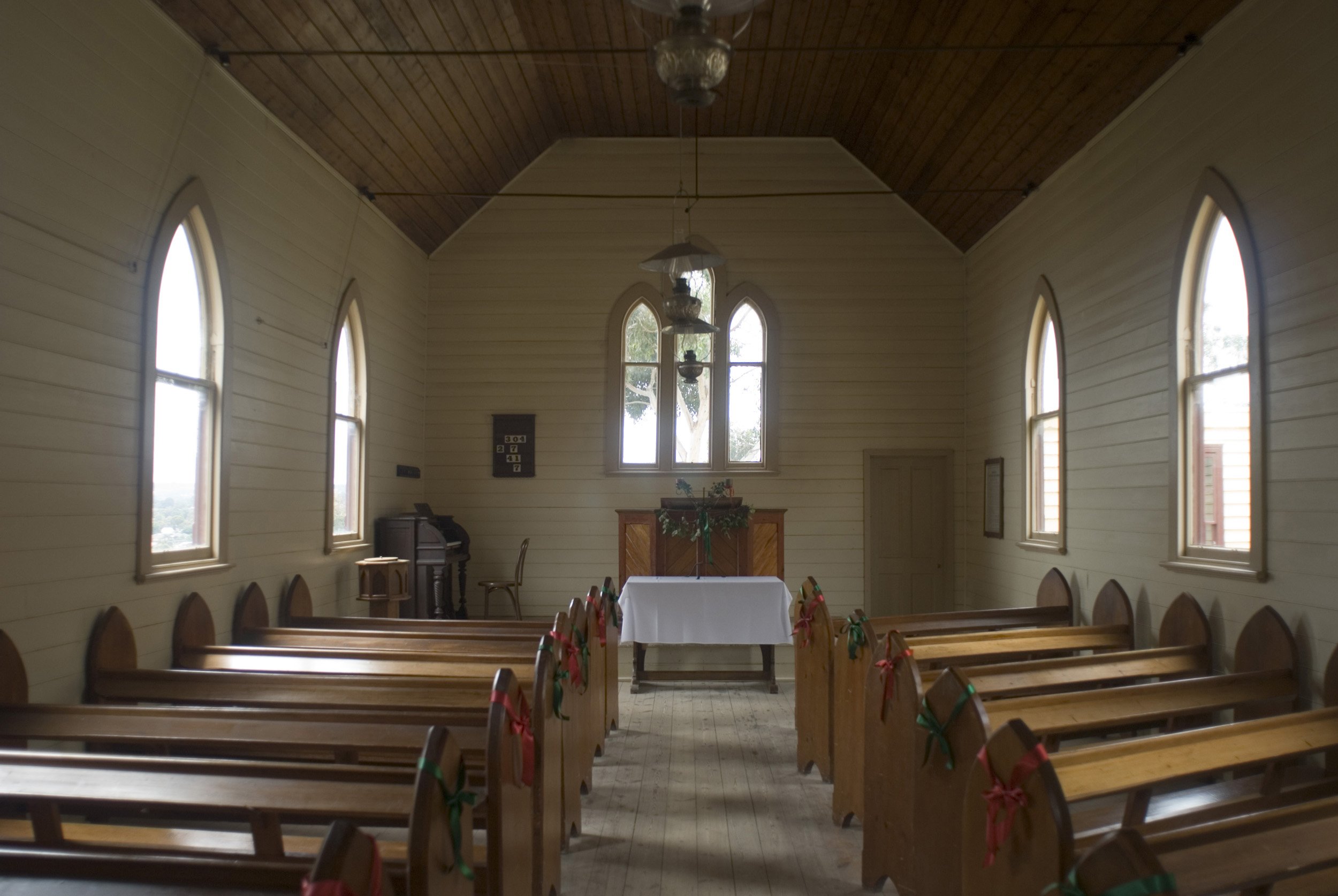Years ago, I visited an Anglican church while visiting some friends out of town. I had just started working as the children’s director at the Anglican church I attended back home, so in addition to attending worship with the adults that Sunday morning, I spent some time following the children around to see what I could see. The children at this particular church had the traditional classrooms with the tables and chairs, circle time rug, dress-up, etc.
Login to read more
Sign in or create a free account to access Subscriber-only content.
